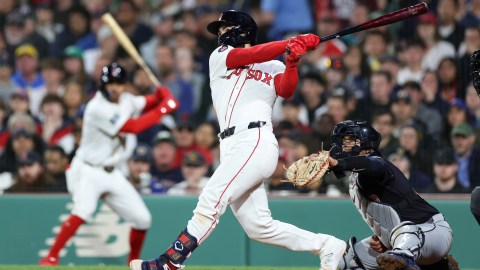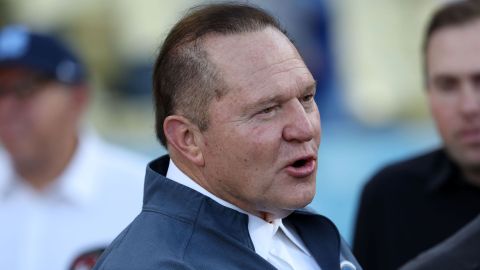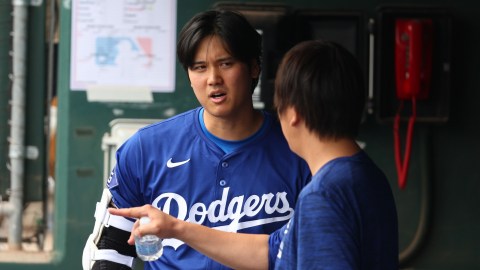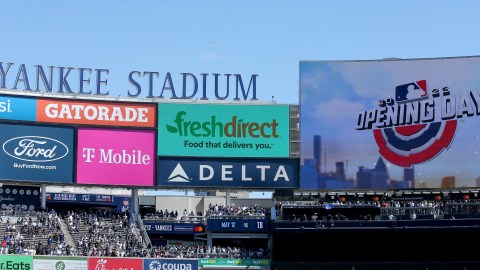It’s been a while since the New York Yankees were in serious contention for a World Series.
That’s about to change.
Nearly two weeks ago, the Yankees solidified themselves as the favorite in the American League East by swinging a blockbuster trade to acquire third baseman Todd Frazier and relievers David Robertson and Tommy Kahnle from the Chicago White Sox. It was a deal that shored up the Yankees in two areas of need: corner infield and the bullpen.
Then on Monday, about an hour before the Major League Baseball non-waiver trade deadline, Yankees general manager Brian Cashman struck again, acquiring right-handed pitcher Sonny Gray from the Oakland Athletics.
Over the course of two weeks, the Yankees set themselves up for short-term success while not simultaneously jeopardizing their long-term shot at winning. The Yankees haven’t advanced beyond the American League wild card game since 2012, but New York’s recent work will ensure that changes — and fast.
When you think about the Yankees and their means of acquiring players, you often think about the Steinbrenner Yankees and the feeling that there was never a price too high for The Boss. But the championship foundation of those great Yankees teams of the 1990s was built on the farm.
And while this era of Yankee baseball might not have a “Core Four,” like the ’90s dynasty did, the Yankees have used shrewd maneuvering and a devotion to scouting and developing to get back to the game’s elite. The homegrown talent — like Aaron Judge, Gary Sanchez and Luis Severino — is undeniable.
But the Yankees also have used the farm system as a means to augment the team when needed, and they were able to make tough decisions, like trading away relievers Andrew Miller and Aroldis Chapman for prospects. Of course, it helps to have the money to then re-sign Chapman just months after he helped the Chicago Cubs to a World Series title, but the Yankees have made the most of their resources and now are positioned to be good for the foreseeable future.
Monday’s trade is the perfect example of that strategy unfolding. In Gray, the Yankees get a pitcher with a No. 2 starter ceiling who isn’t afraid to take the ball in a big game — a prerequisite for pitching in New York — and who’s also under contract until at least 2020. And the Yankees were able to swing that deal without having to part ways with their two top prospects, Clint Frazier and Gleyber Torres, who were the centerpieces of the Chapman and Miller trades.
The Yankees still have baseball’s deepest pockets outside of the Los Angeles Dodgers, meaning they can take on money when needed, and they figure to be a big-time player in the potentially historic 2018 free-agent class — not to mention they’ll be freed of the $59 million burden they’re currently saddled with for the contracts of CC Sabathia, Matt Holliday and Alex Rodriguez.
Gray, along with Frazier, Robertson, Kahnle and even the recently acquired Jaime Garcia, will make the Yankees better now than they were two weeks ago. That they were able to make such deals without parting with their two or three best prospects is gravy. And even though they still paid a pretty decent price to swing those trades, there’s no reason to believe — given the club’s success in scouting and developing players — that they won’t be able to replenish their farm system.
That’s more than a lot of teams can say, and there’s no reason to believe the Yankees aren’t about to reassert themselves as a baseball powerhouse.
Thumbnail photo via Brad Penner/USA TODAY Sports Images




